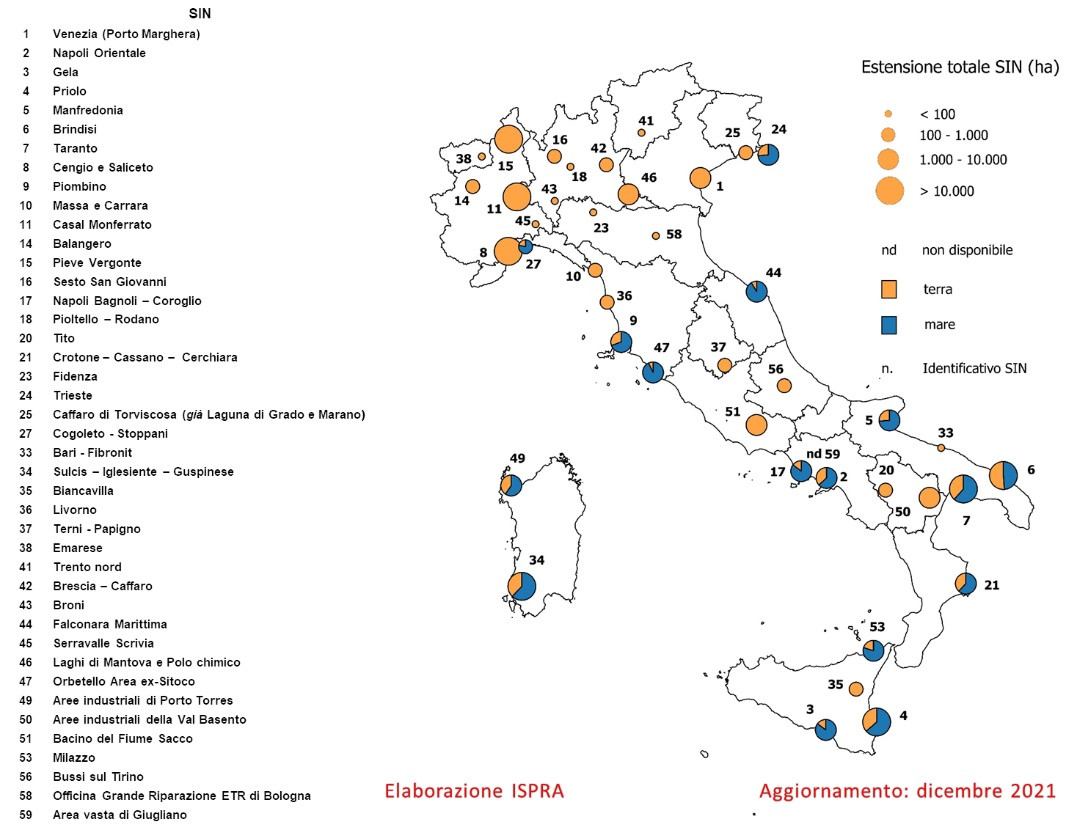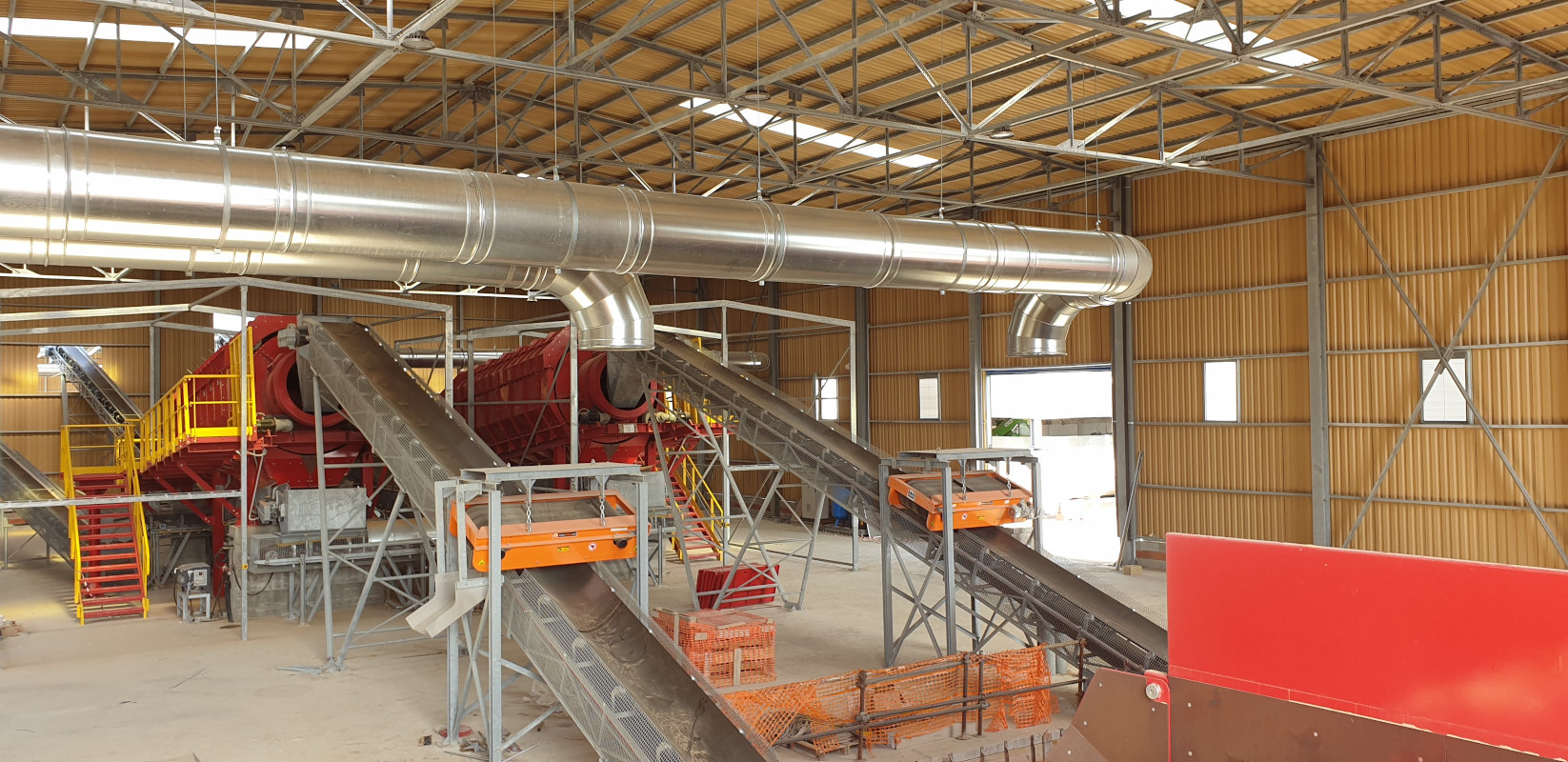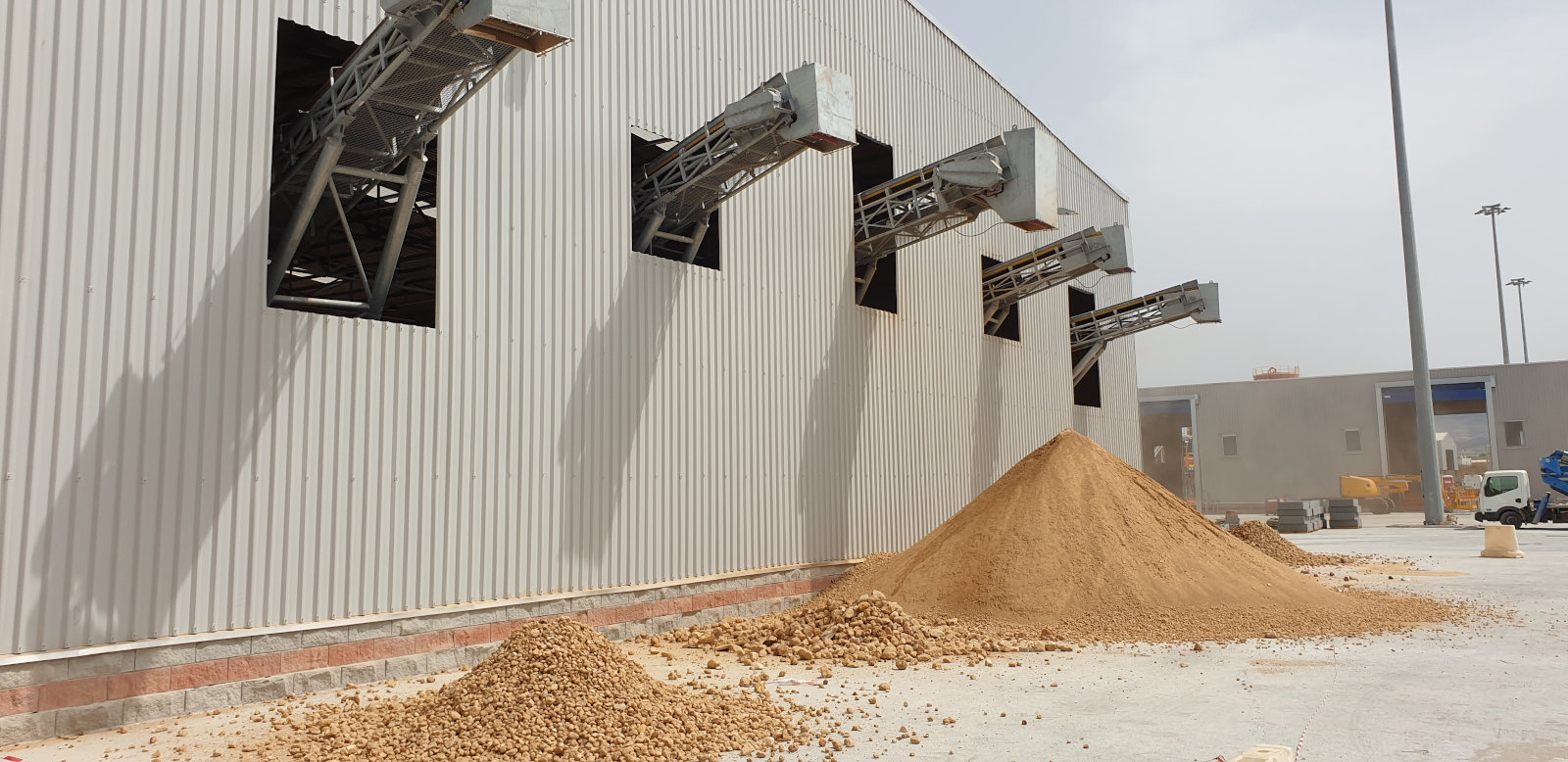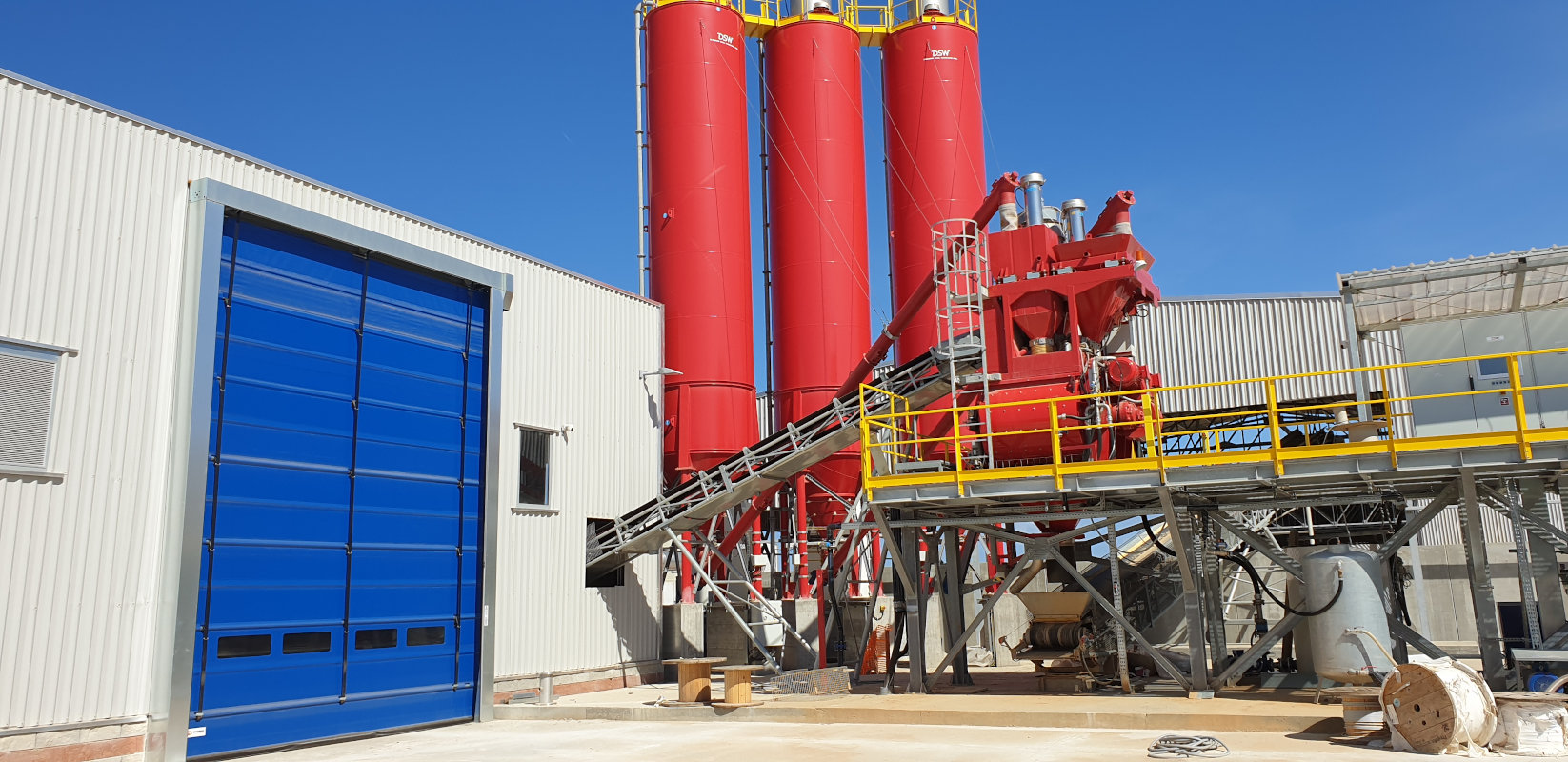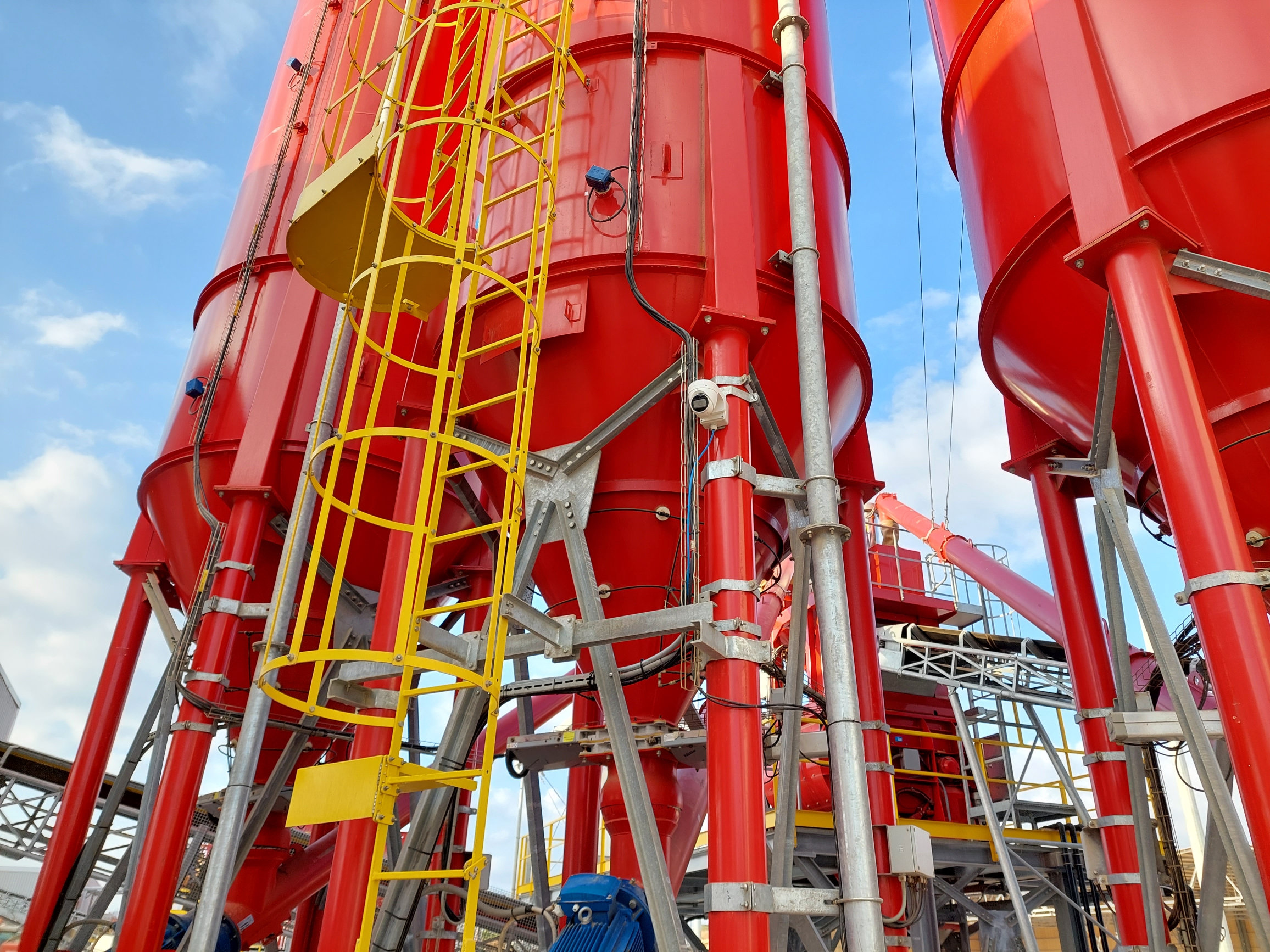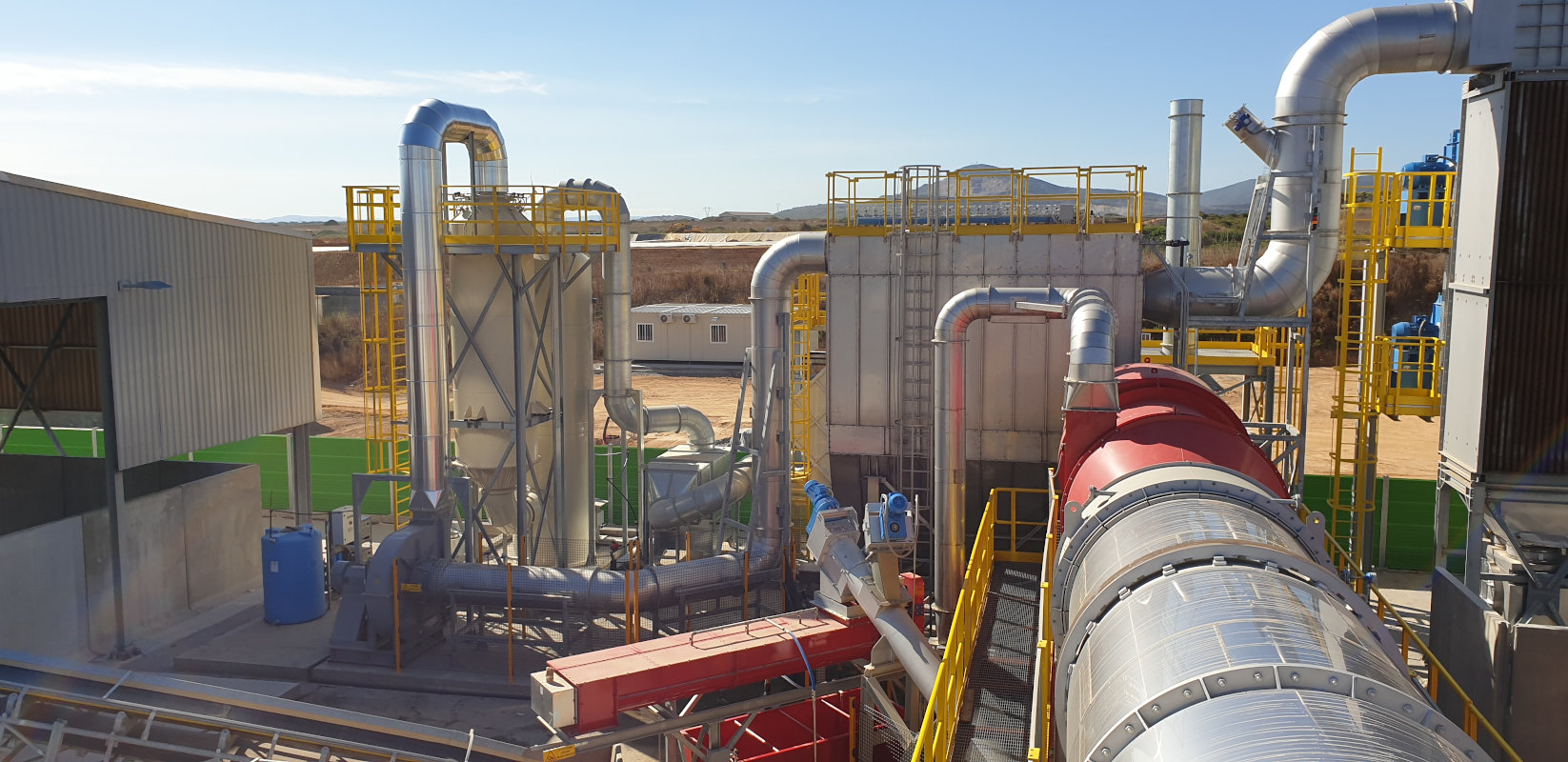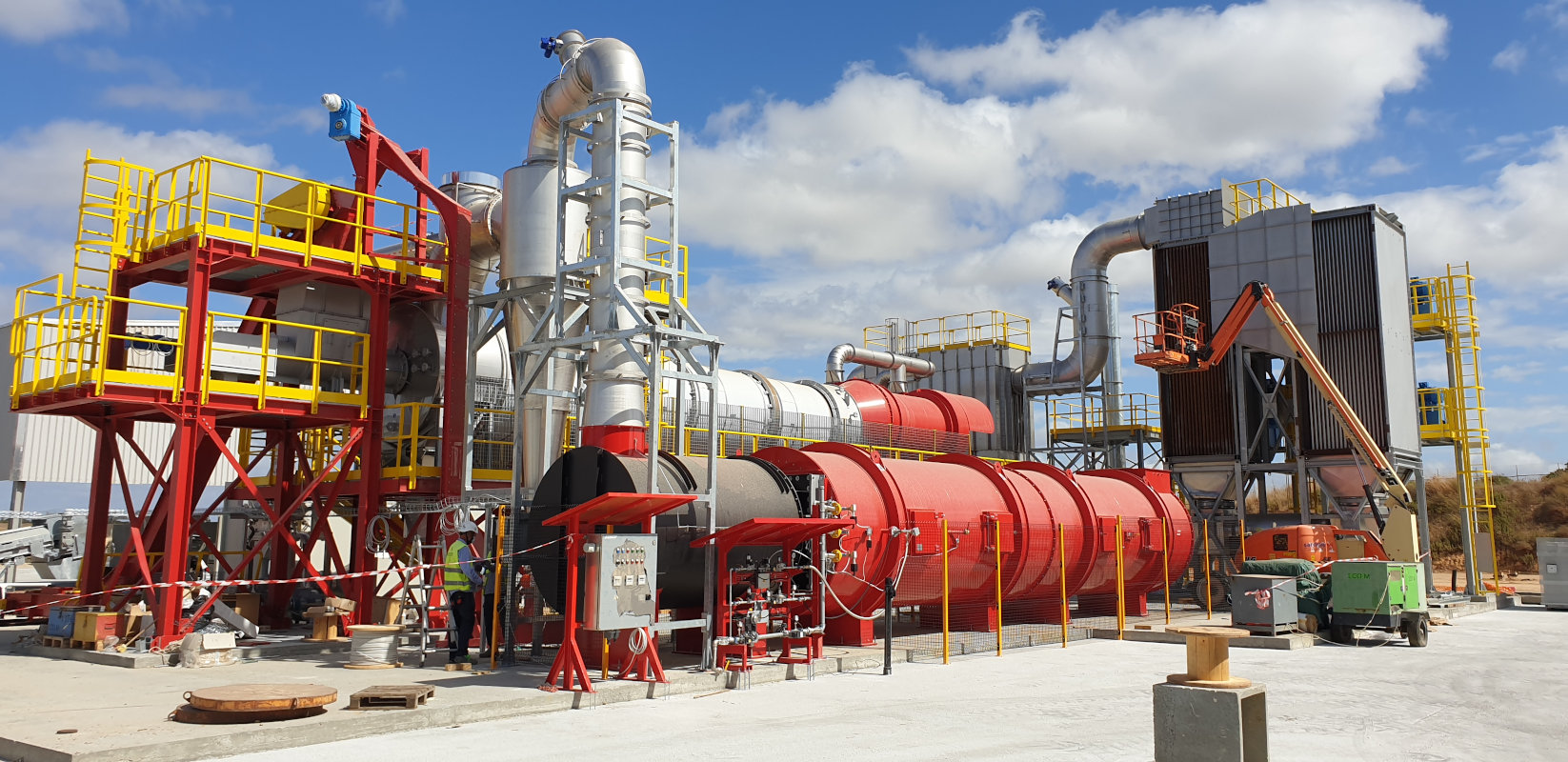Soil contamination
Environmental contamination can be defined like “the effect of human action able to modify the propriety or availability or quality of the resources in a given range of space and time”. Pollution becomes contamination “when it raises to a level that can produce negative effects on organism, populations, ecosystems” [1].
Soil contamination is the anthropic or natural alteration of chemical, physics, or biologic soil balance, when this creates a risk for human health or other living species.
As known, environment is a very complex reality, composed by different factors and one little change may cause serious consequences on it. In this situation, the most important function is performed by man, who has the power, thanks to his actions, to restore some environmental aspects but more often to deteriorate others. Human activities, in fact, are the main cause of the continue soil degradation, which leads to bad consequences for human health and to bad effects on ecosystems, agri-food chain, water and air quality, biodiversity and climate change.
Contaminated sites
The term “contaminated site” refers to all the areas where, after or during human activity, has been identified an alteration of the soil, subsoil, and groundwater quality, such as to represent a risk for human health.
Italian legislation in the field of soil remediation, introduced with the D.M. 471/99, was substantially modified with D.Lgs 152/06 e ss.mm.ii. “Norme in materia ambientale” which, at the Parte Quarta, Titolo V “Bonifica di siti contaminati”, disciplines environmental remediation and restoring projects of contaminated sites and defines procedures, criteria, and modality to carry out the required operations to delete contaminations sources and still, to reduce pollution concentrations, in accord with EU regulations with reference to the polluter-pays principle.
Sites of National Interest (SIN)
Soil contamination problem has become important in advanced countries only from the 90s, when environmental policies were adopted and it was financed the remediation of polluted areas. Environmental remediation of contaminated sites is beginning an issue of national relevance for our country only in the last years. In Italy, contaminated land and marine surface founded in the last 15 years are relevant. It consists of a huge public project: recording to recent estimates, to recover all Italian polluted areas are required 30 billion of euros [3].
Sites of National Priority have been identified with different rules and have been bounded by decree of the Italian Minister of Environment according with interested regions. Today Sites of National Priority are 42, with a total area of about 170.000 hectares which represent the 0.57 % of the Italian surfaces [5].
The origin of Sites of National Priority is for the 69% from industrial activity, 29% from waste management and 2% from other. These areas, classified like the most dangerous by Italian legislation, other than form a risk for environment and human health, can otherwise compromise the grown of relevant strategic places for their history and landscape, missing the opportunity which could arise from their restoring.
Sites of National Priority remediation procedures are competence of Italian minister of environment in collaboration with Environmental Protection Agency, the Higher Institute of Health and others qualified entities.
Eni Rewind
Eni Rewind is present at over 100 sites, of which 17 are located within 13 Sites of National Priority. Eni Rewind owns about 3,760 hectares of former or disused industrial areas in Italy, of which 1,819 are non-contaminated or have already been reclaimed and 1,612 are being remediated so that 75% will be restored by 2030. Most of the areas in which we operate were acquired or conferred by law in the 1980s and 1990s because of the political decision to engage Eni, then a public body, in rescue operations for industrial entities in crisis [8].
Porto Torres and Progetto Nuraghe
The Porto Torres petrochemical hub, one of the largest in Italy, was set up in 1962 by entrepreneur Nino Rovelli’s SIR – Società Italiana Resine (Italian Resin Company) for the large-scale production of phenol, with funding from the Sardinia Rebirth Plan. In later years, olefins, aromatics, chlorinated derivatives, intermediates and synthetic rubbers were added to the production. With the crisis in the chemical sector, in the early 1980s, activities were legally transferred to Eni, then a state-owned company, through Enichem, which reorganised and updated them by putting in place new technologies. Between 1994 and 1995, Enichem transferred its fine chemicals production lines to the European Vynils Corporation and Condea Augusta. In 2003, when Enichem changed its name to Syndial (Eni Rewind), the production plants (for styrenes, elastomers and polyethylene) passed to Polimeri Europa (Versalis). Today, Eni Rewind owns around 1,200 hectares of land, of which less than 10% is subject to environmental activities and is working on the authorised remediation projects of soil and groundwater using sustainable and innovative solutions, such as the construction of a multifunctional platform for on-site soil treatment [9].
Progetto Nuraghe is an important environmental project started from Eni Rewind in Porto Torres to clean up and remove about 800.000 m3 of soil and polluted material. The project provides the realisation of a polyfunctional platform able to treat up to 1.000 m3 of soil per day using the best sustainable technology, like sieving system, bioremediation, soil washing, thermal desorption and inertization. The treatment takes place almost completely on site: soil complying with remediation targets is buried in its excavation area, while soil which doesn’t comply is delivered at a permanent storage on site. Moreover, wastewater from remediation process is treated on site by a dedicated plant [9].
[1] Vighi e Bacci, Ecotossicologia 1998, UTET.
[2] https://www.isprambiente.gov.it/it/attivita/suolo-e-territorio/siti-contaminati
[3] Legambiente, Bonifiche dei Siti Inquinati: Chimera o Realtà? 2014.
[4] (Art. 252, comma 1 del D.Lgs. 152/06 e ss.mm.ii.).
[6] Enea, Servizio Bonifiche e Riqualificazione, Riflessioni per lo sviluppo di un Progetto strategico per le bonifiche e la riqualificazione ambientale nel territorio bresciano, guardando all’area ex-Caffaro, Sito Interesse Nazionale N°42, 2013.
[7] ARPAC, Piano Regionale di Bonifica, 2005.
[8] https://www.eni.com/enirewind/it-IT/bonifiche.html
[9] https://www.eni.com/enirewind/en-IT/remediation/remediation-projects-porto-torres.html

